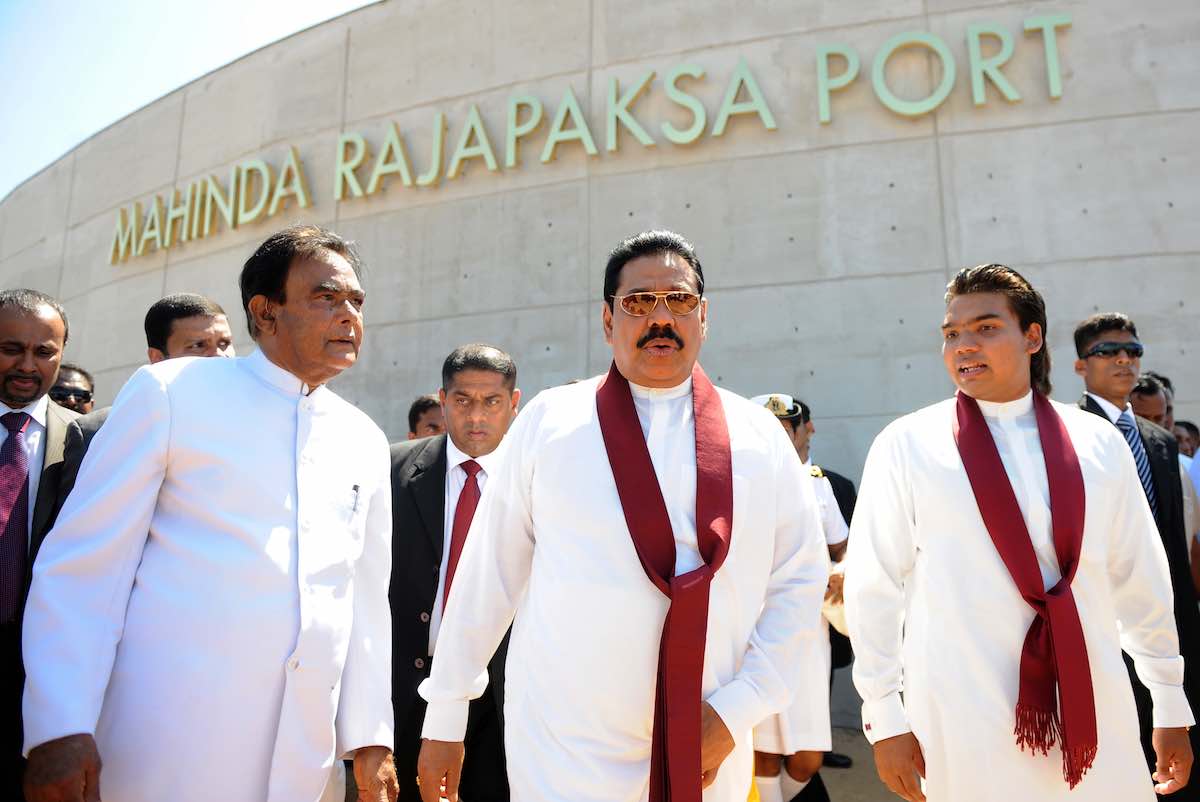Recipient countries like Sri Lanka shape Chinese Belt and Road Initiative
Shahar Hameiri (The Interpreter)
The conventional account is that China lent money to Sri Lanka to build the port, knowing that Colombo would experience debt distress and Beijing could then seize it in exchange for debt relief, permitting its use by China’s navy, but it is not true, said an article in The Interpreter.
“This narrative is simply incorrect. The project was proposed by former Sri Lankan President Mahinda Rajapaksa, not Beijing, as part of his government’s corrupt and unsustainable development program. It quickly became a “white elephant”, however, creating vast surplus capacity and adding to Sri Lanka’s financial woes. Sri Lanka’s debt distress arose not from Chinese lending, but from excessive borrowing on Western-dominated capital markets,” the article written by Shahar Hameiri stated.
Shahar Hameiri, a Lecturer in International Politics and Fellow of the Asia Research Centre, Murdoch University, Australia, expressed these views writing an article.
“This is not unique – China was also not the main cause for Pacific countries’ growing debt problems. When the US Federal Reserve began to taper its quantitative easing program, suddenly Sri Lanka’s cost of borrowing increased, forcing it to seek International Monetary Fund assistance.
“There was also no debt-for-asset swap. Rather, after bargaining hard to protect its bottom line, a Chinese state-owned enterprise (SOE) leased the port for $1.1 billion, which Sri Lanka used to pay down debts to other creditors and boost its foreign reserves. The debt to China will still need to be fully repaid. Finally, China’s navy vessels cannot use the port, which will instead house Sri Lanka’s own southern naval command.
“In short, the Hambantota Port case shows little evidence of Chinese strategy, but lots of evidence for poor governance on the recipient side,” the article said.
Highlighting that Australian policymakers should avoid treating the Chinese Belt and Road Initiative (BRI) as if it were being strategically directed the academic argued that the recipients shape the BRI. He expressed the following views as well:
“Most importantly, as Hambantota Port shows, recipient countries play a critical role in shaping the BRI. China’s development financing is recipient-driven, and China simply cannot force other nations to accept projects on their territory. Unless recipients allow Chinese SOEs to undertake projects, secure their operations, and approve the loans financing their work, BRI projects won’t go ahead. The BRI is, therefore, built piecemeal through bilateral interactions between China and recipients, not from a Chinese blueprint.
“Naturally, recipients want projects that serve their own interests, shaped by need, greed or both. Many developing countries urgently require infrastructure investment but struggle to find financing providers, apart from China. Elites can often also use infrastructure projects to cultivate political support, feed patronage networks and obtain “kickbacks”.
“As a consequence, BRI projects’ economic viability is often dubious, and their political, social and environmental implications are negative. But rather than gaining from this, China has often suffered a backlash, though rarely amounting to a total rejection of the BRI.”



